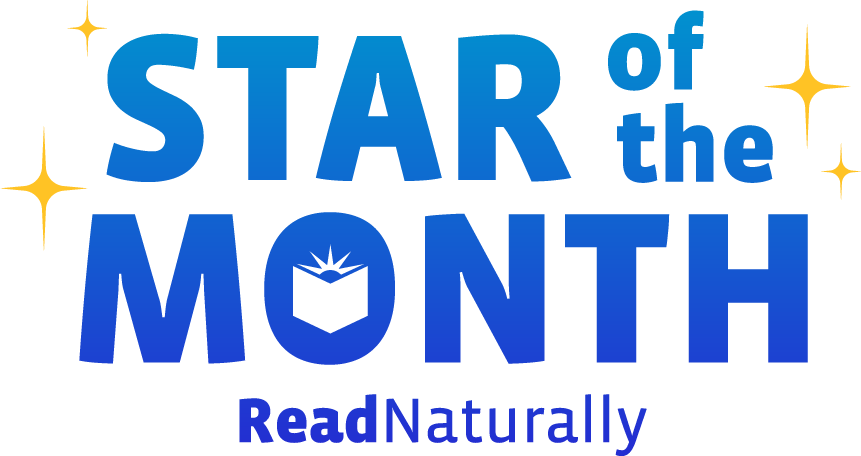Many elementary classrooms incorporate fluency work into their ELA block—and those that don’t probably should. With few exceptions, all students learning to read will benefit from fluency instruction, and fluency directly correlates with comprehension. The research on this is clear. When it comes to older students who are reading below grade level or struggling with comprehension, educators have less guidance. Is it still valuable to work on fluency with these students, when their peers have moved on?
Read more Now that the school year is half over, many teachers wonder if it's too late to begin a Read Live intervention. The answer is no! It's never too late to implement Read Live or to add students to your existing account. Once you've trained students in how to use the program, they will start benefitting right away. They can even continue using the program over the summer.
Read more Read Live includes four programs in one, making it a comprehensive suite to meet your students' reading needs every step of the way. All Read Live subscriptions include complete access to Read Naturally Live, Word Warm-ups Live, One Minute Reader Live, and Read Naturally Live—Español. These programs specifically target phonemic awareness and phonics; fluency; vocabulary; comprehension; independent reading practice; and building reading proficiency in Spanish.
Read more Interpreting winter assessment data will help you determine the best way to support your students. This data tells you who needs an intervention and who is on target. It can also help you set goals for spring.
Read more Phonics skills are foundational to reading and spelling and necessary for fluency and comprehension. All students benefit from developing these skills. However, they need a program that can be tailored to meet their individual needs. Word Warm-ups Live is the perfect solution.
Read more Here’s some food for thought: When multilingual learners come across common English idioms in text, confusion can hit like a ton of bricks. Although these expressions are second nature for native speakers, they are clear as mud for learners of the English language. Especially when these learners are struggling to read, idioms can add insult to injury. Let’s throw them a bone, shall we?
Read more Congratulations to Zachariah, our December Star of the Month! Zachariah is an eighth grader at Davis Middle School in Evanston, WY. He is excelling in Read Live and is now at the top of his class! Here is what his teacher, Ms. Ivens, had to say about him: "Zachariah is more than worthy...
Read more Literacy researcher Dr. Jan Hasbrouck developed Quick Phonics Screener (QPS) because she needed a systematic and efficient way diagnose students’ strengths and instructional needs in phonics. QPS measures a student’s ability to recognize, decode, and pronounce all phonics elements from letter names through four-syllable words.
Read more Thadeus is a fifth grader at Oakridge Elementary School in Oakridge, OR who has made remarkable progress in Read Live.
Read more Esser funding must be allocated by September 30, 2024--just one week from today! Read Naturally programs are an ideal way to spend this use-it-or-lose-it funding to improve reading outcomes and overall academic success.
Read more  Share your student’s success story—nominate him or her for our Star of the Month award. Win a Barnes & Noble gift card for the student and a Read Naturally gift certificate for your class!
Share your student’s success story—nominate him or her for our Star of the Month award. Win a Barnes & Noble gift card for the student and a Read Naturally gift certificate for your class!